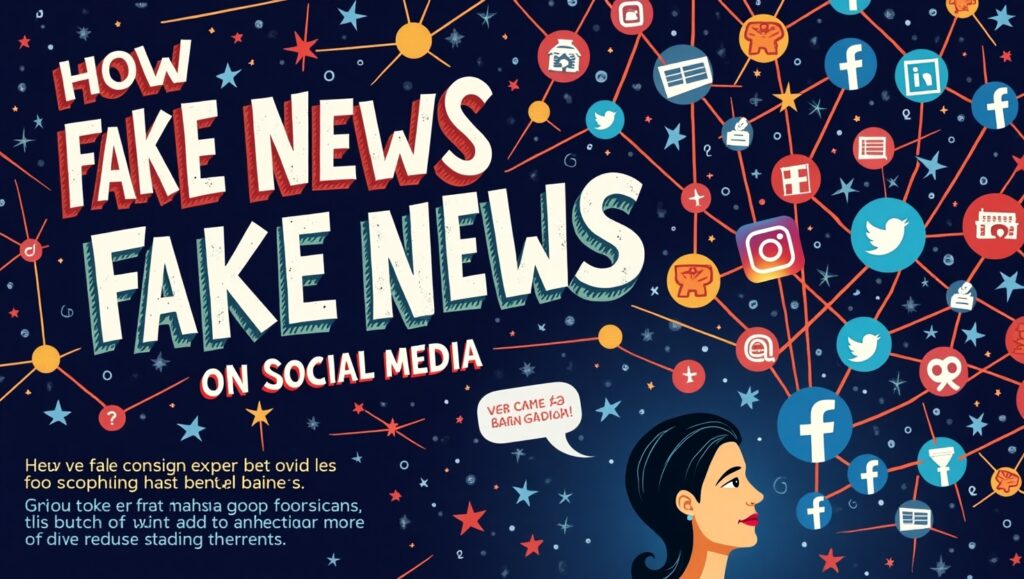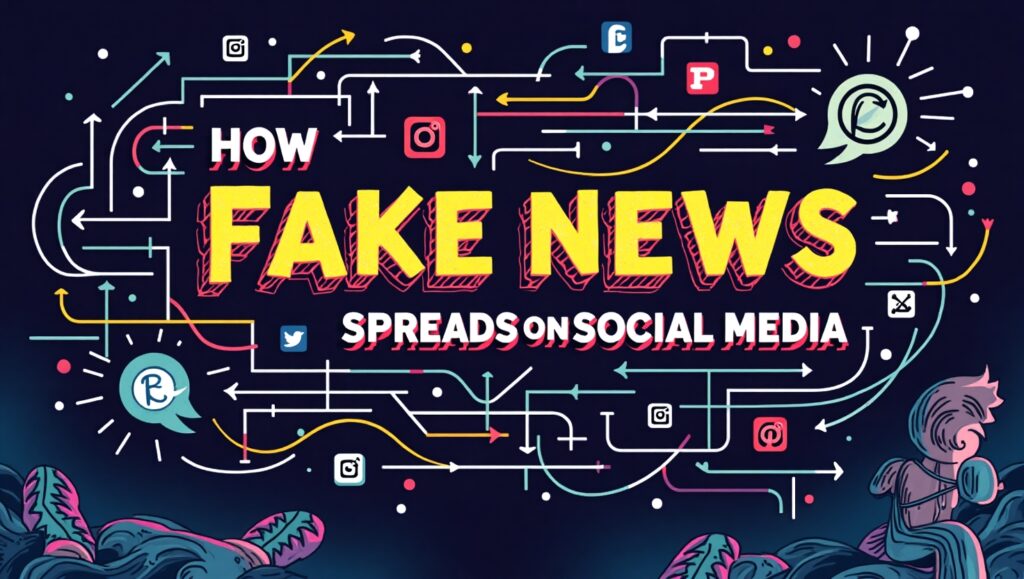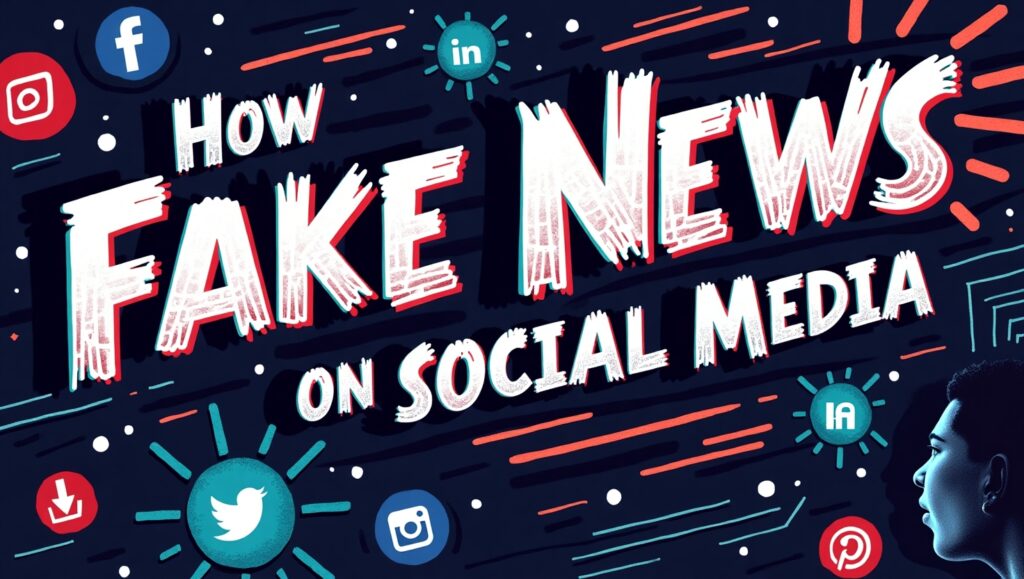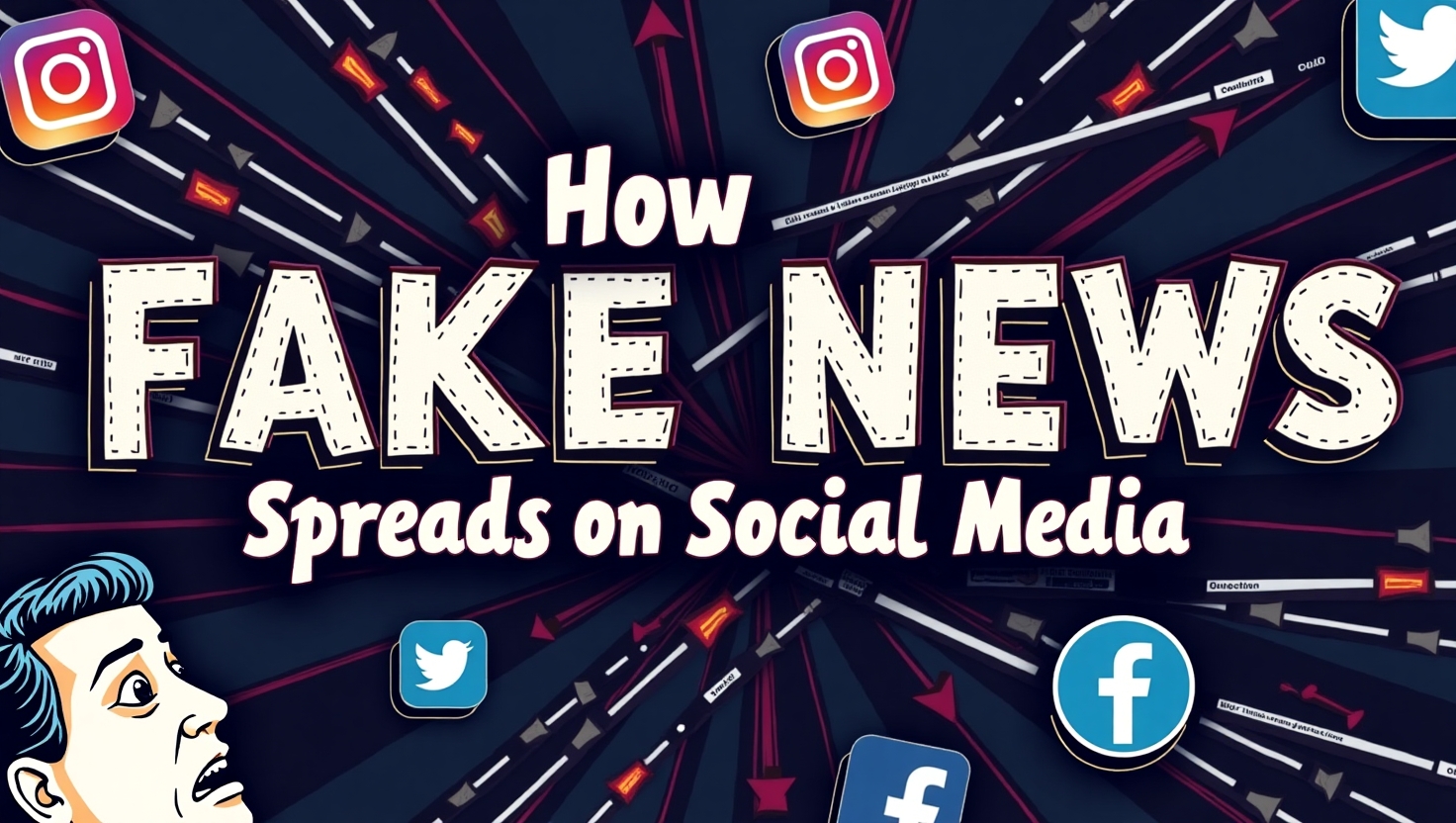It’s easier and more hazardous than ever to propagate fake news in today’s digital world. With millions of people reading things online, it’s important to know how to tell the difference between legitimate and fake news. Misinformation may change people’s minds, cause fear, and even affect elections, whether it’s on social media or in online news sites. So, how do you know if the news you read is real or not? This is a complete, easy-to-understand guide to help you tell the difference between legitimate news and fake news in 2025.

Look at the Source
You can trust real news sources.
Always check where the information came from. The BBC, Reuters, the Associated Press, The New York Times, and Al Jazeera are all well-known and respected news organisations that follow strong journalistic standards. Be careful if you’ve never heard of the website or if its domain name is odd, like “.lo” or “.xyz.” Tip: Be careful with the domain name because fake news sites often replicate the look of real news sites.- Check the Author
The name of the journalist or contributor is usually in a legitimate news story. You should be able to click on the person, read their bio, and check that they are who they say they are. Fake news articles often don’t say who wrote them or say that the material came from anonymous sources. Tip: Look up the author’s name on Google to check if they’ve written anything else that is trustworthy. - Look for Proof
Proof is needed for facts.
Real news reports have proof, such government statements, quotes from reliable experts, statistics, and connections to the original sources. Fake news reports generally employ emotional language, but they don’t include any solid evidence to back up what they say. If an article talks about a study or statistic, try to discover the original source. It might be phoney if you can’t discover it. - Look at the Date
When old news is shared without context, it can be deceptive. Fake news often comes back years later, especially when things are bad. Make sure the information is still useful today by checking the date of the article. Tip: You can use the same headlines over and over again with minimal adjustments. Be careful of old articles that are portrayed as breaking news. - Check with trusted news sources to be sure.
If a story is true, it’s likely that more than one trustworthy news outlet will cover it. If only one little-known source is talking about a big event, there’s a sign that something is wrong. Real news spreads on reliable sites. Tip: To find out how many news sites are covering the same subject, use Google News or Bing News.

Look at pictures and videos
Fake news typically uses photographs that are misleading or have been changed. Some people even use pictures from events or nations that have nothing to do with the story to make it up. Real news employs correct pictures, and they usually give credit and context. Tip: You can find out where an image comes from by using reverse image search tools like Google Lens or TinEye.- Watch out for language that makes you feel bad
Fake news plays with your feelings. If an article is full of anger, terror, or too much excitement, it can be trying to trick you instead of give you information. Real journalism gives information in a calm and fair way. Advice: If a headline is all capitals, has exclamation marks, or makes surprising claims, you should be suspicious right away. - Use websites that check facts
Snopes, PolitiFact, FactCheck.org, and AFP Fact Check are all good websites to use to check allegations. These sites look into viral content and help people understand what’s factual and what’s not. Tip: Check the facts on a post before you share it. One click could stop false information from spreading.
🧭 Last Thoughts:
- Don’t let yourself be misled; stay informed.
The fight against fake news goes on in 2025, and the best weapon you have is your knowledge. You defend yourself and your community from the bad impacts of false information by learning how to discern good sources from bad ones, check facts, and question what you see online. Keep in mind: Don’t trust. Check.
Real news gives information. Fake news leads people astray. SEO Keywords: how to spot false news real news versus fake news in 2025 check if the news is real How to tell whether news is fake finding bogus headlines checking the facts in the news examples of false news false information online By using the suggestions above and practicing critical thinking, you can become a smarter consumer of information and help make the digital world a healthier, more honest place.




